Yala Block 5 Safari
The Northern Block 5 Region of Yala National Park - Our Alternative Safari Tour
Why, this is the best tour
- From Tree Tops Jungle Lodge, safari tours into the northern region of Yala National Park are ideal. Easy access and interesting tours into the large wilderness areas of Sri Lanka.
- The entrance is only a 35-40 minutes transfer away. 10 km of the transfer from the lodge is inside the national park, on the Buttala – Kataragama road.
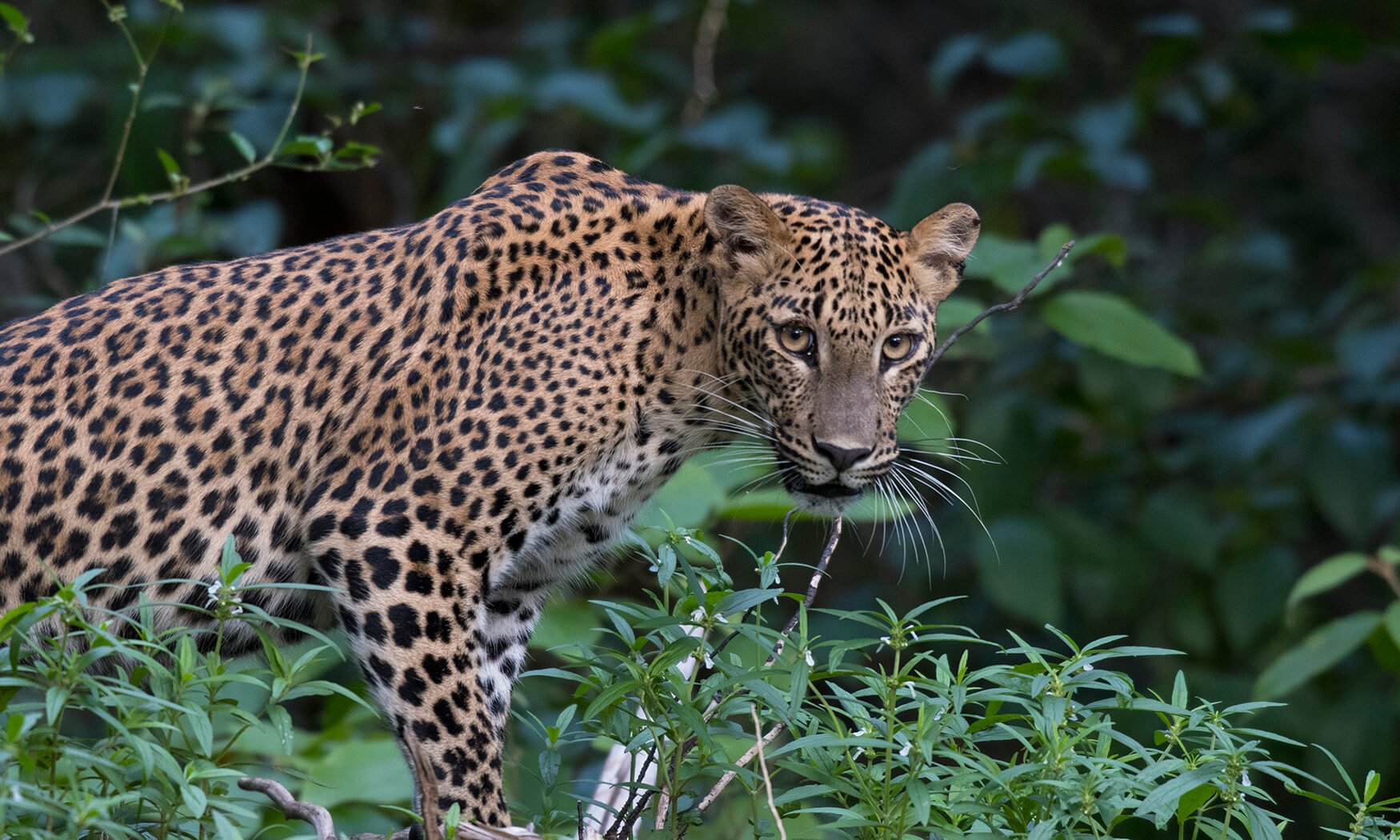
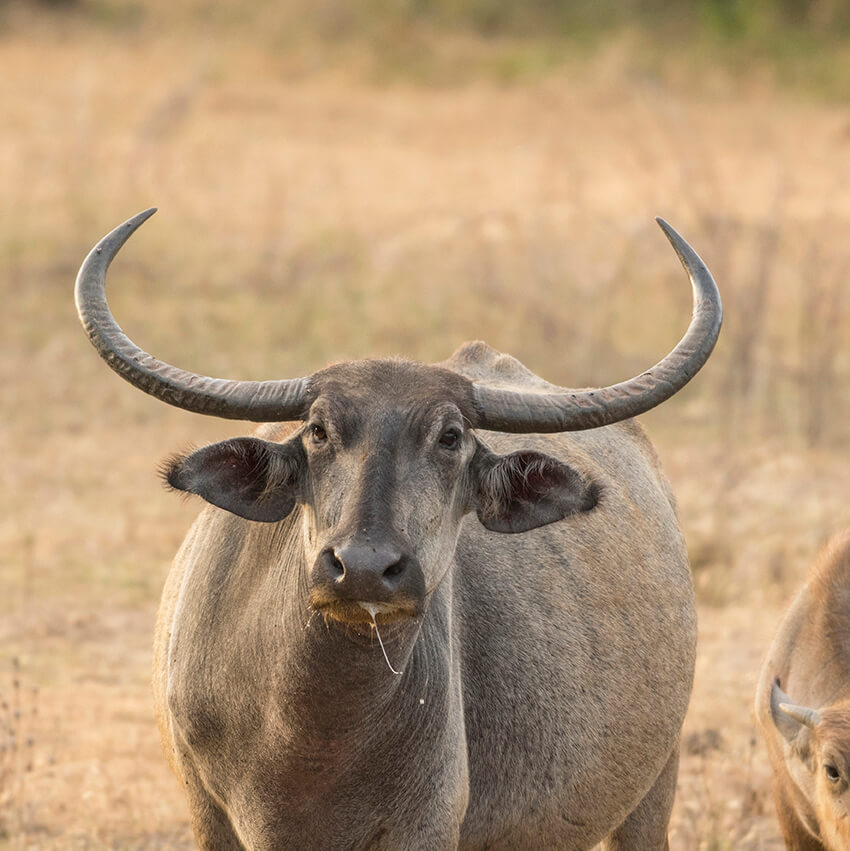
Access Into Yala National Park - Block 5
At Galge, on the Buttala – Kataragama road, there is access into the northern blocks; 3, 4 and 5. Our tour would normally take place in Block 5. It has the best system of tracks. The transfer is a relaxed 40 minutes jeep drive from our camp location.
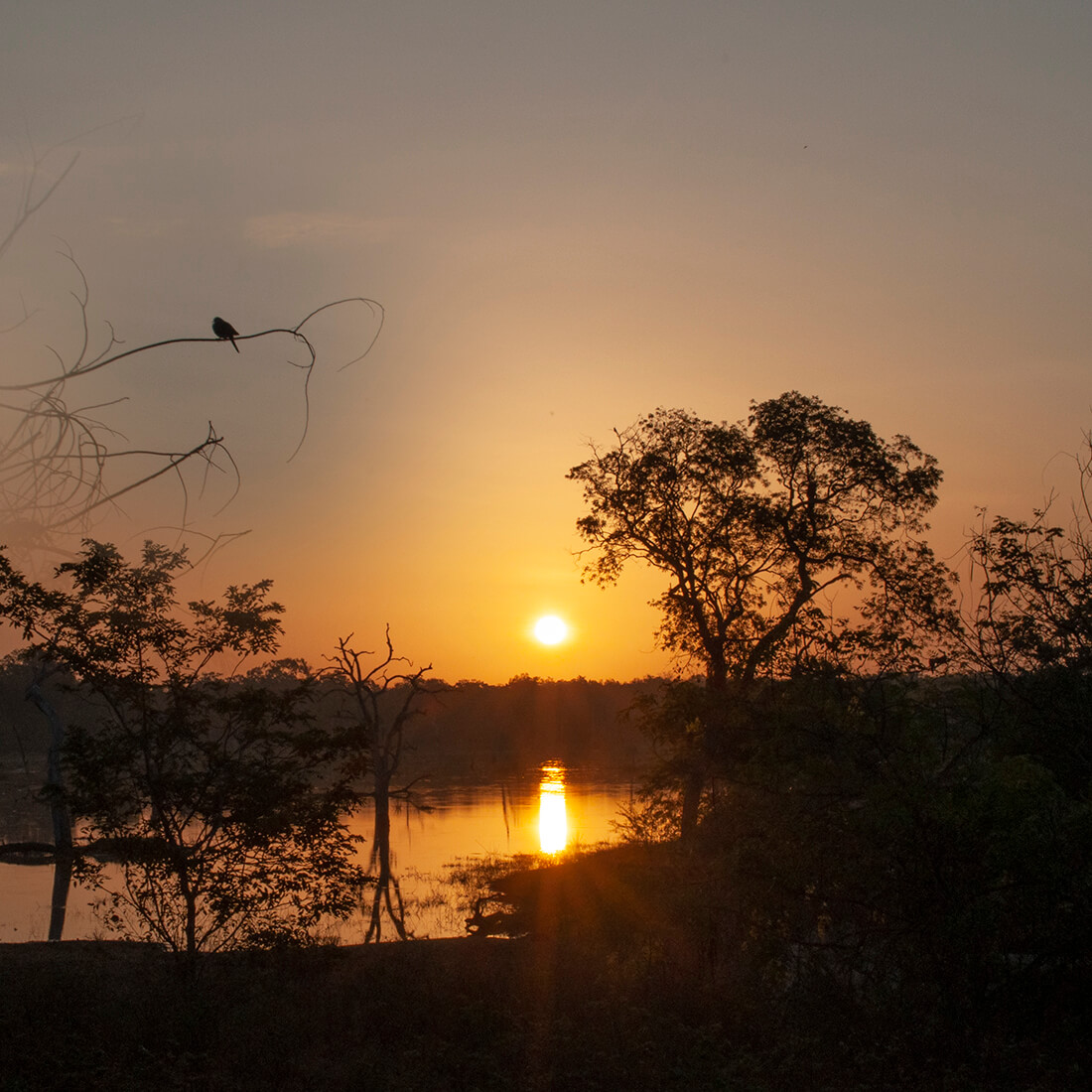
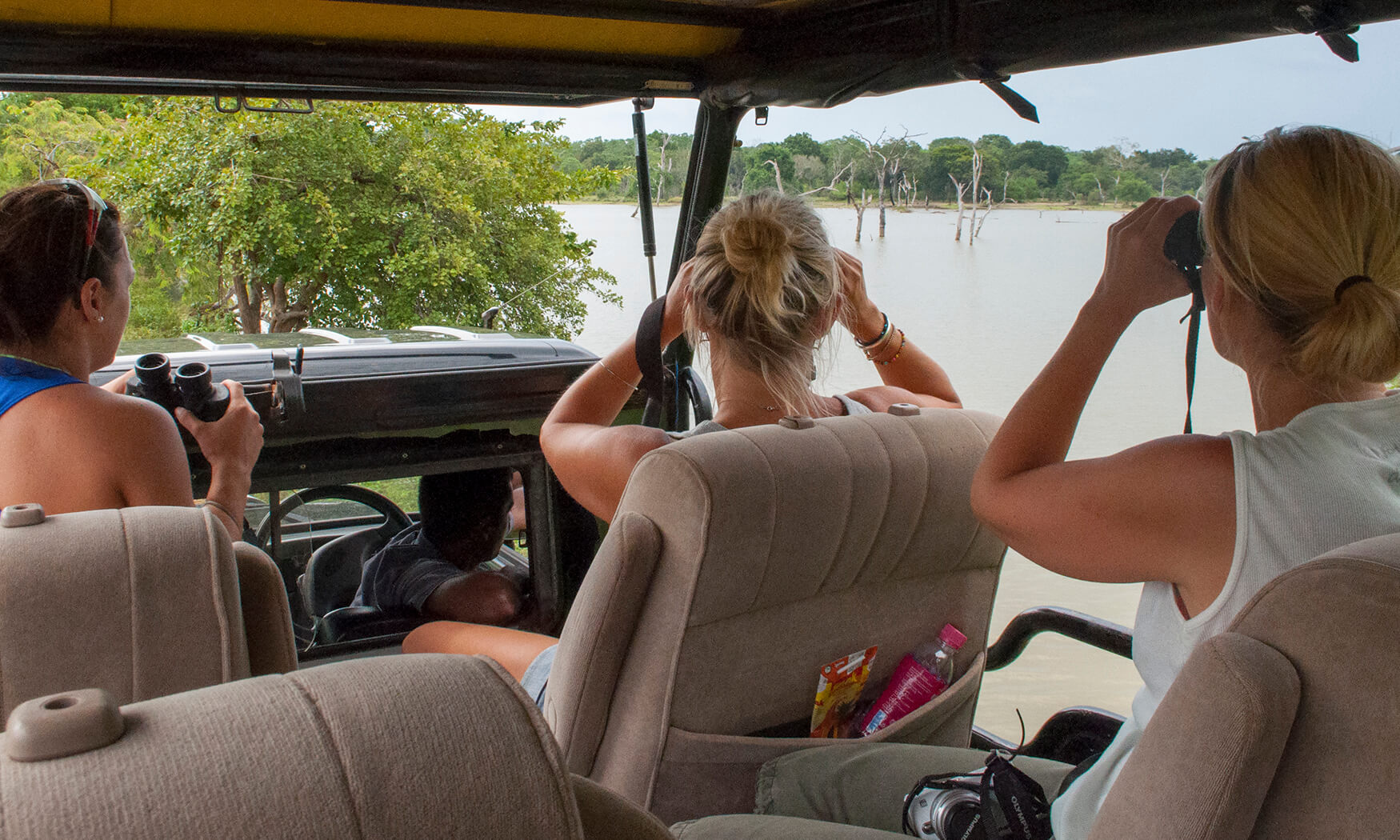
A Little Visited Part of Yala
Until 2016 another jeep was a rare sighting … Visitor numbers are now a little higher but still very low in comparison to Block 1. Another positive is that the jeep tracks in Block 5 are quite good. Less rough and bumpy than in Block 1, so driving feels more comfortable and less tiring.
In 2016 the Department of Wildlife cleared more jeep tracks in Block 5 and improved the safari experience. Also, Yala Block 4 was opened for visitors, although only with one jeep track.
With insignificant visitor numbers wildlife sightings have potential to be exciting and intimate experiences. Birdlife is diverse with more species of forest birds compared to Block 1.
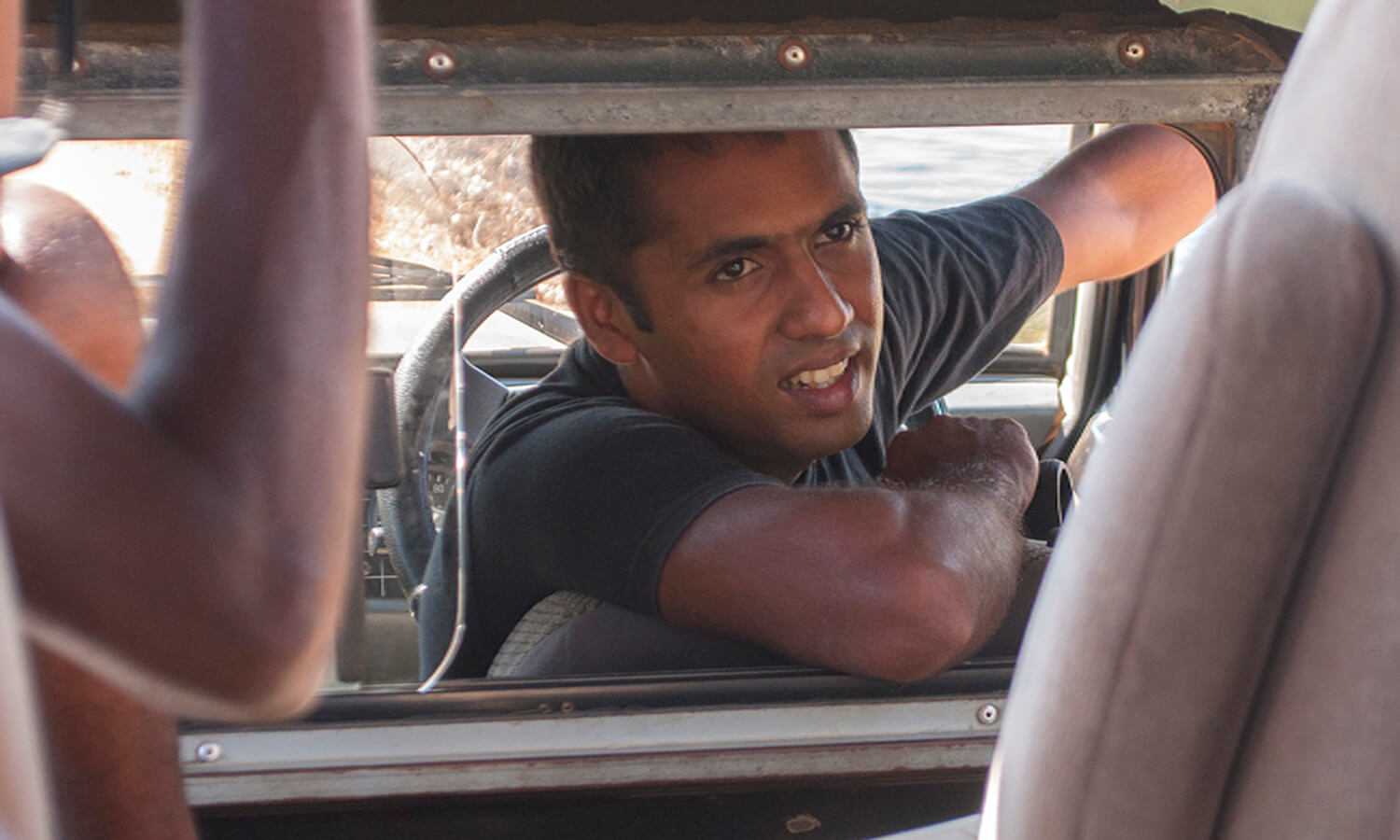
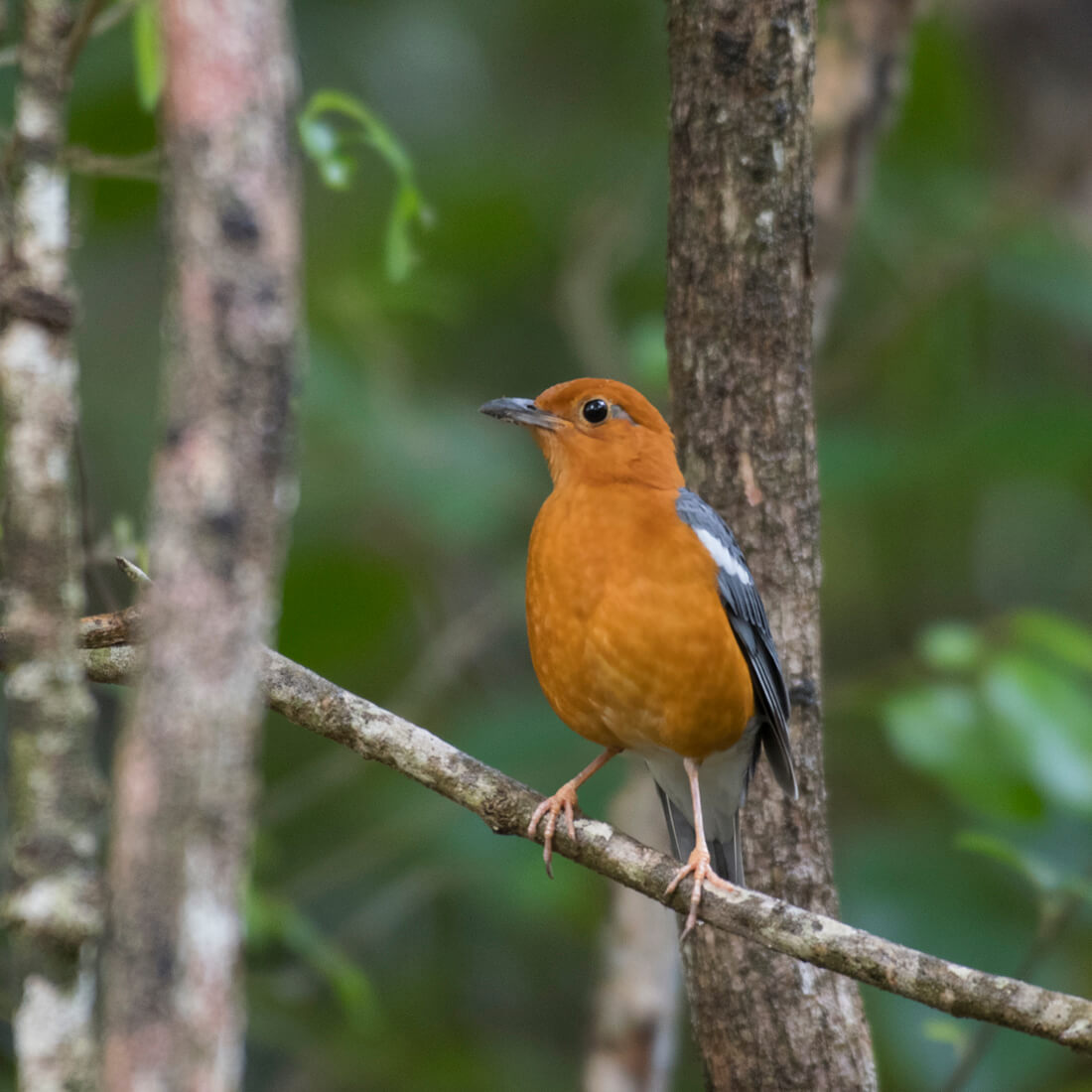
How We Plan Safari in Block 5
While sometimes exploring the adjoining Lunugamvehera National Park, we normally restrict the safari drive to smaller circles in Yala Block 5.
We focus on specific areas where we believe chances are better to get a sighting of leopard, sloth bear or other interesting, rarely spotted animal species such as the Barking deer and Stribe-necked mongoose.
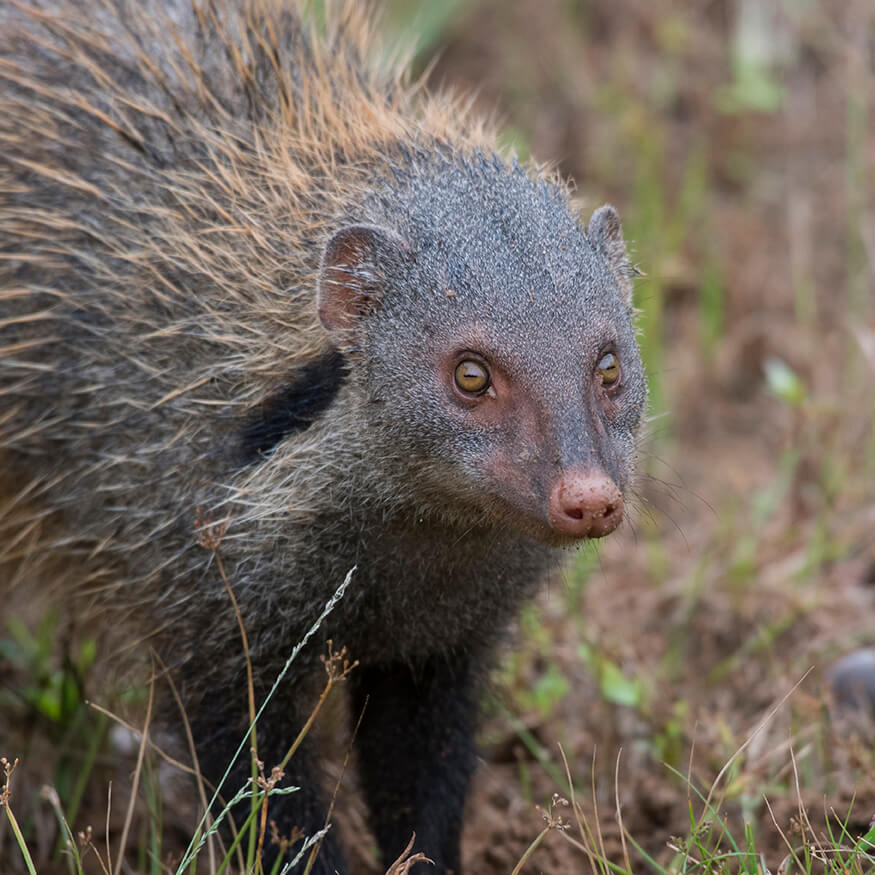
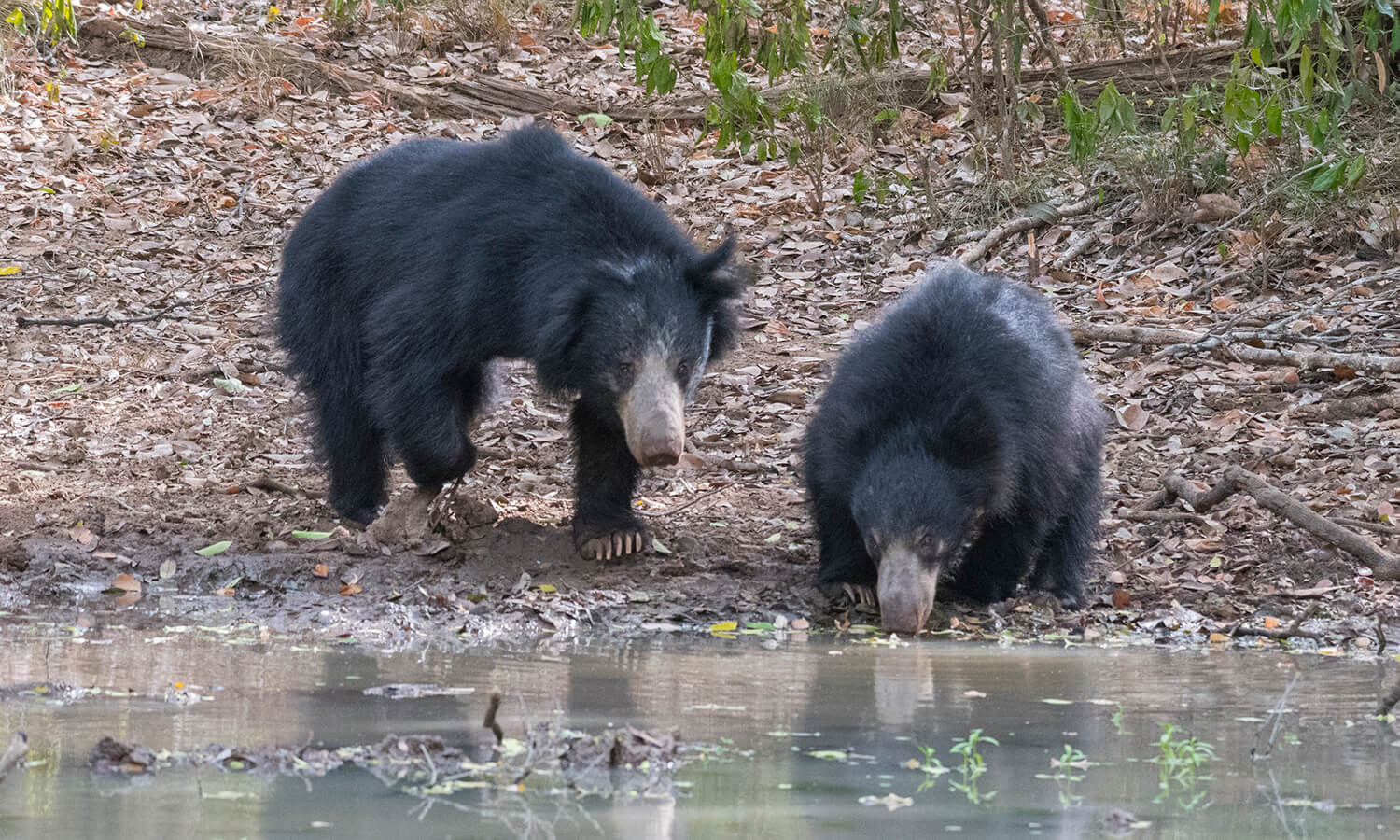
Excellent for Bird Watching
For bird photographers and –watchers Block 5 of Yala National Park is really good with highlights such as eagles and rare forest birds. As well as colorful species like hornbills and parakeet, seen on most tours.
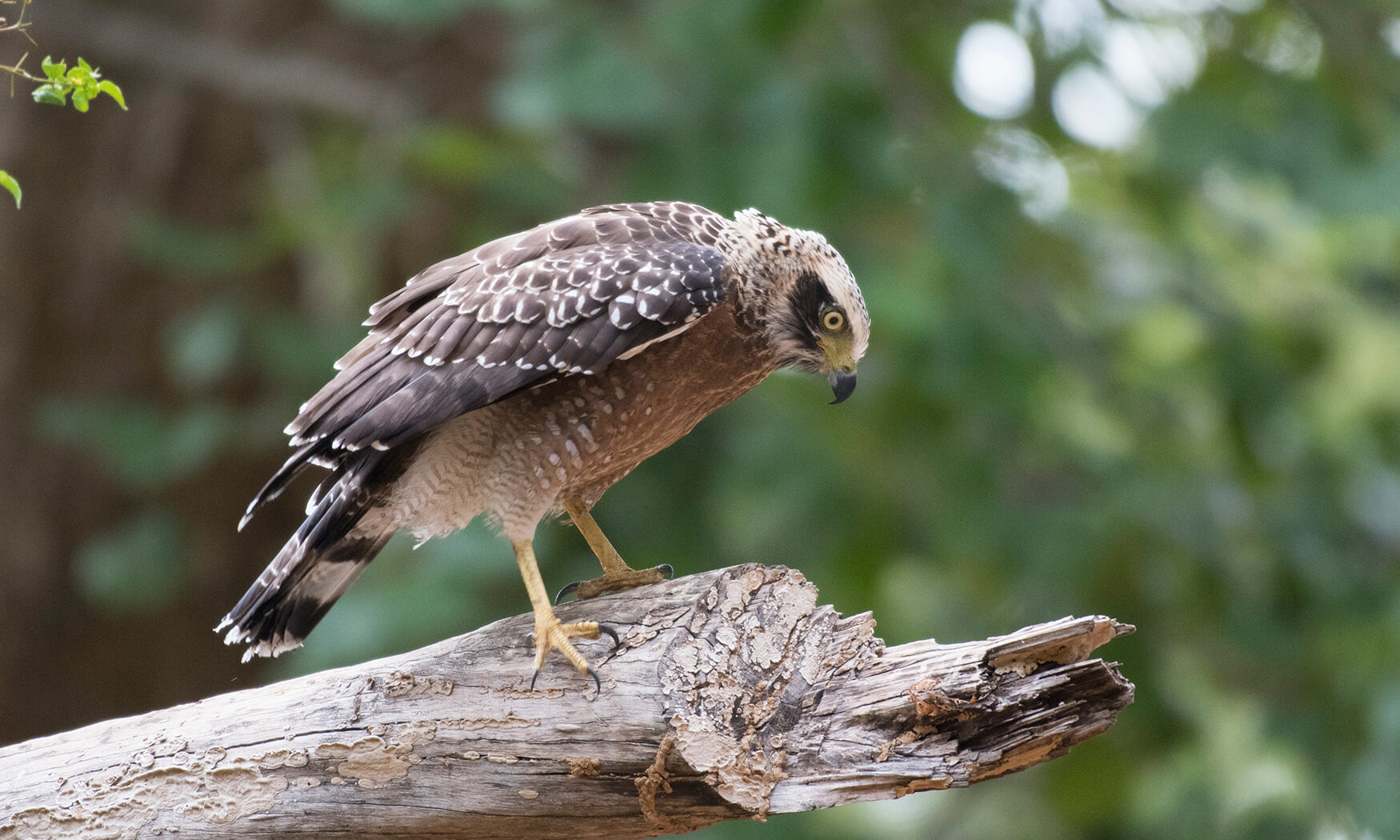
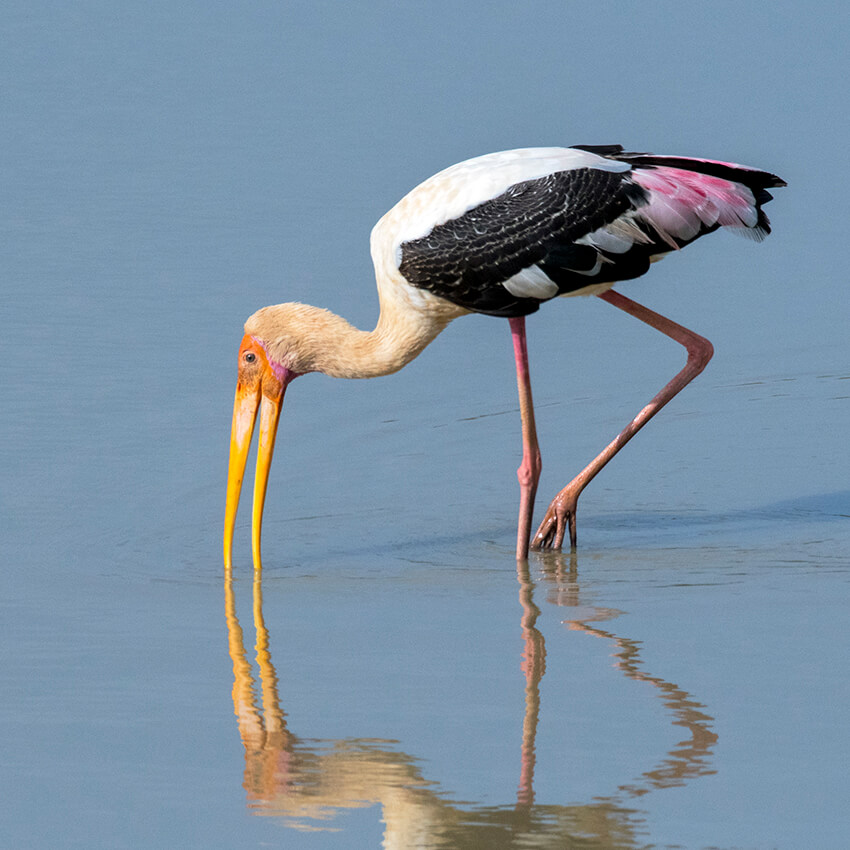
Landscape And Nature
The northern Yala National Park blocks are scenic wilderness landscapes with the entire region covered by mature tall canopy forest. A difference compared to the more open bush landscape in block 1 of Yala.
Still a dry zone environment but further north in Yala there is higher rainfall. The large Block 4 bordering Buttala and Okkampitiya areas receives around 1200 mm of rain annually. Southern Block 1 and 2 only receive less than half of that amount of rain.
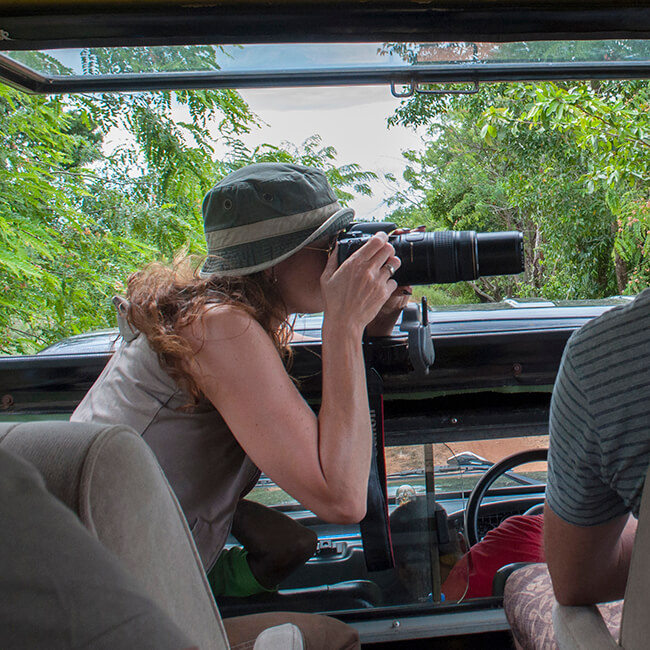
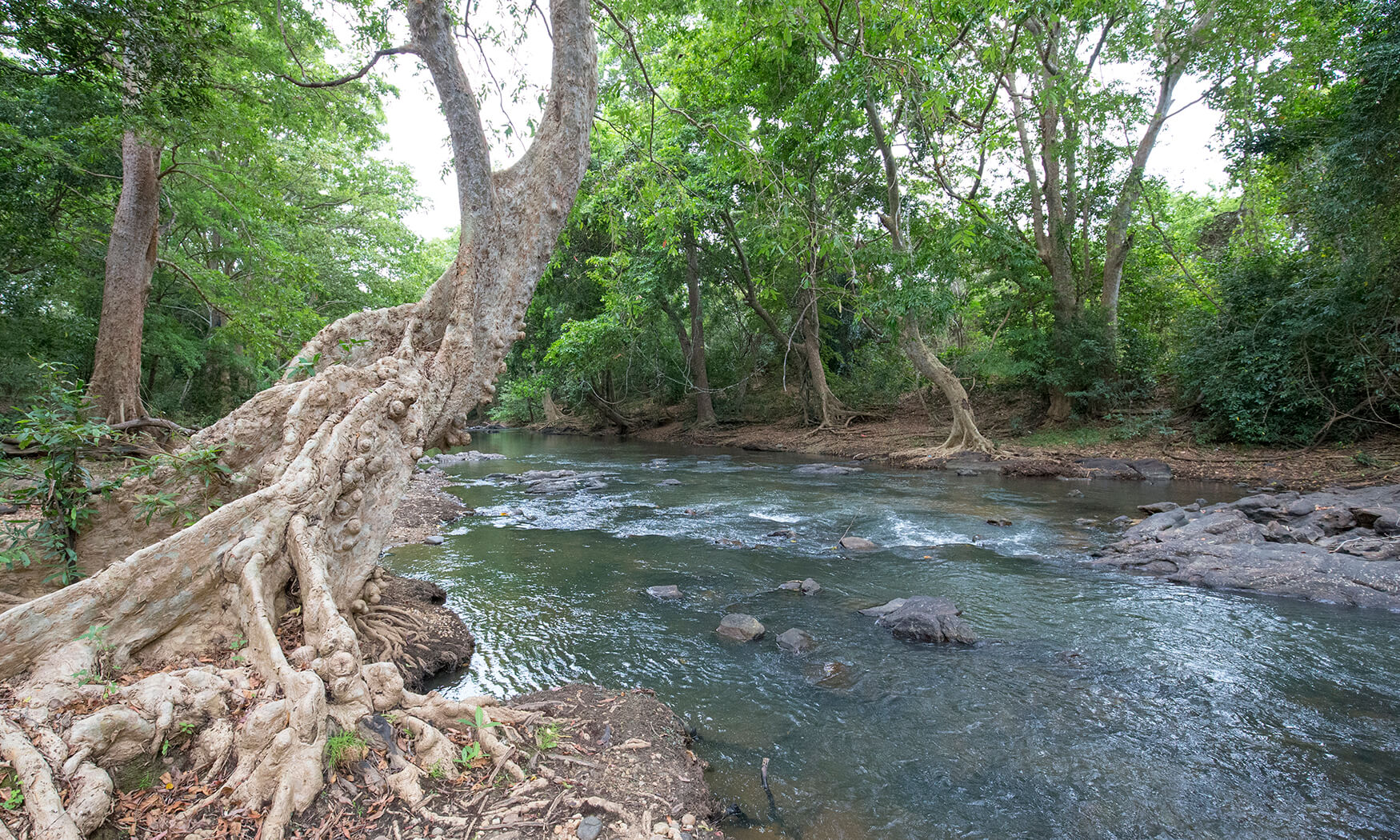
Water and Water Holes
In central areas of Blocks 3, 4 and 5 local streams dry out during drought seasons, which make tough conditions for wildlife. Two rivers flow from the mountains and both are vital for wild animals in dry times. Kumbukkan Oya provides water access in Block 4 and Block 3 and the Menik River is an important water source in Yala Block 5. The large Veheragala reservoir, towards the northern edge completed in 2010, is now a water source in Yala National Park Block 5.
Unlike in Yala Block 1 habitat enrichment such as artificial water holes is uncommon in the northern Yala region. However Yala Block 5 has several waterholes scattered along jeep tracks. Here, concrete made waterholes were introduced in 2016. The first of them, in fact, constructed with funds donated by Tree Tops Jungle Lodge. It was named by the department as ‘Lars-vallah’ … ‘The Lars Waterhole’ … after the Tree Tops Jungle Lodge owner.
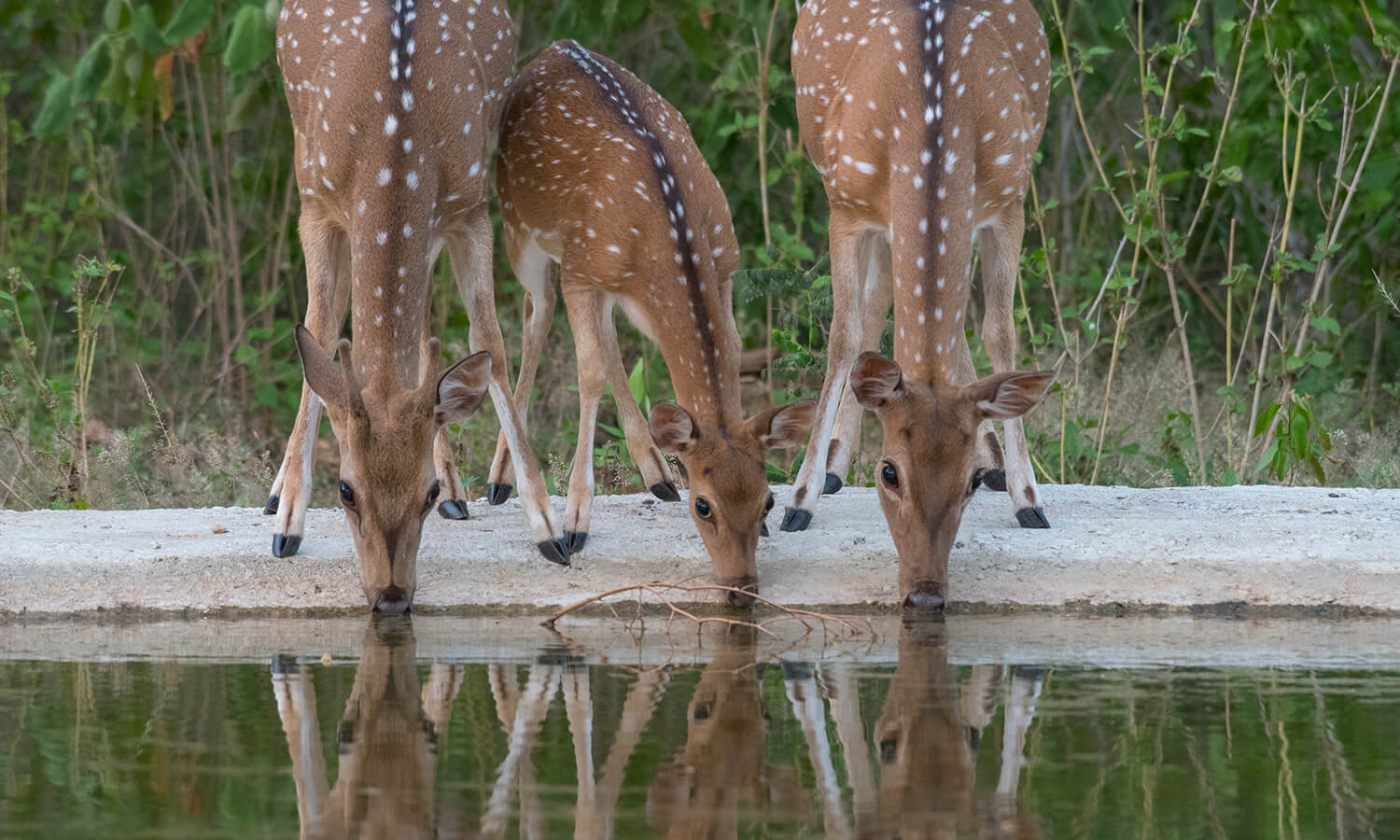
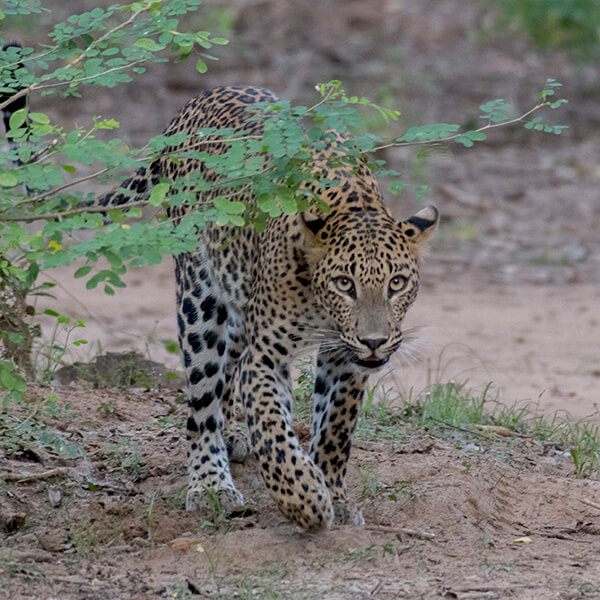
Wildlife ?
Many rarely observed species exist in these remote forests, though animals here are wild, shy and alert and more difficult to spot and observe. Also, here wildlife tends to be more nocturnal.
On the surface the visible wildlife density appears to be less than in Yala Block 1. Thick forest allows only limited visibility. Another factor is that animals are unaccustomed to safari jeeps so they are likely to hide or flee.
Safari here is more about tracking and correct, quiet behavior means a lot more than in Block 1.
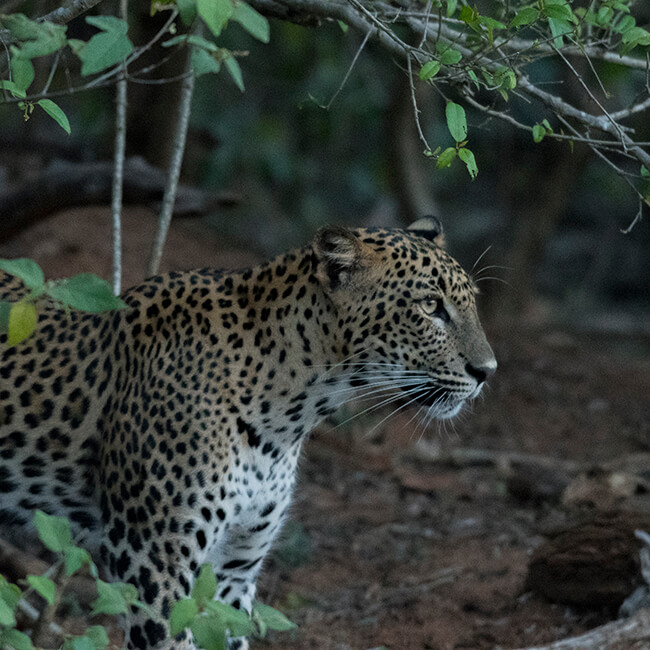
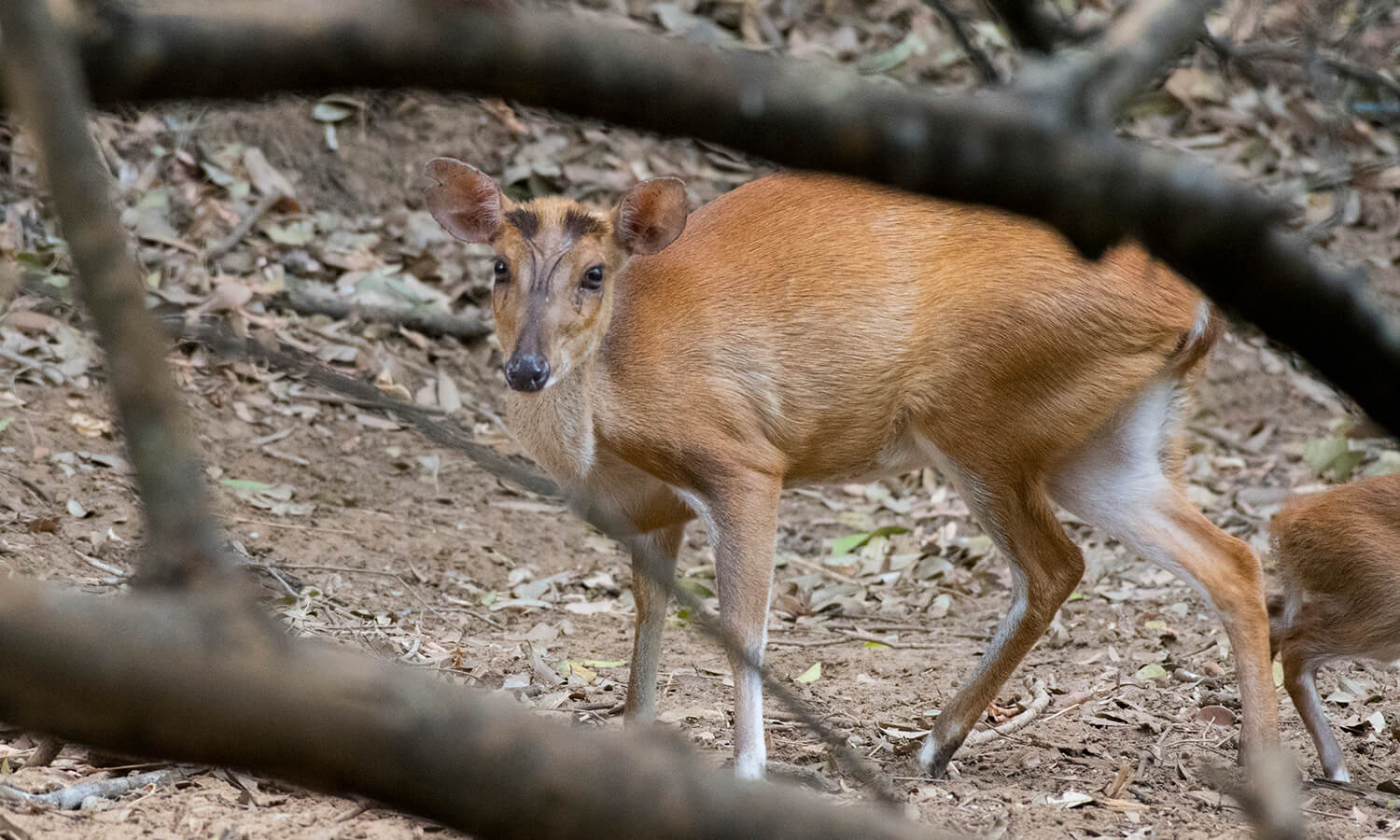
Elephants
On most tours there are some elephant sightings, however the population density of elephants is less, the deeper we get inside the national park.
Elephants reside more along the park boundaries, closer to buffer zones and adjoining bush landscapes. They need a varied environment and move with changing drought and food conditions and tall forest is not ideal as a permanent habitat.
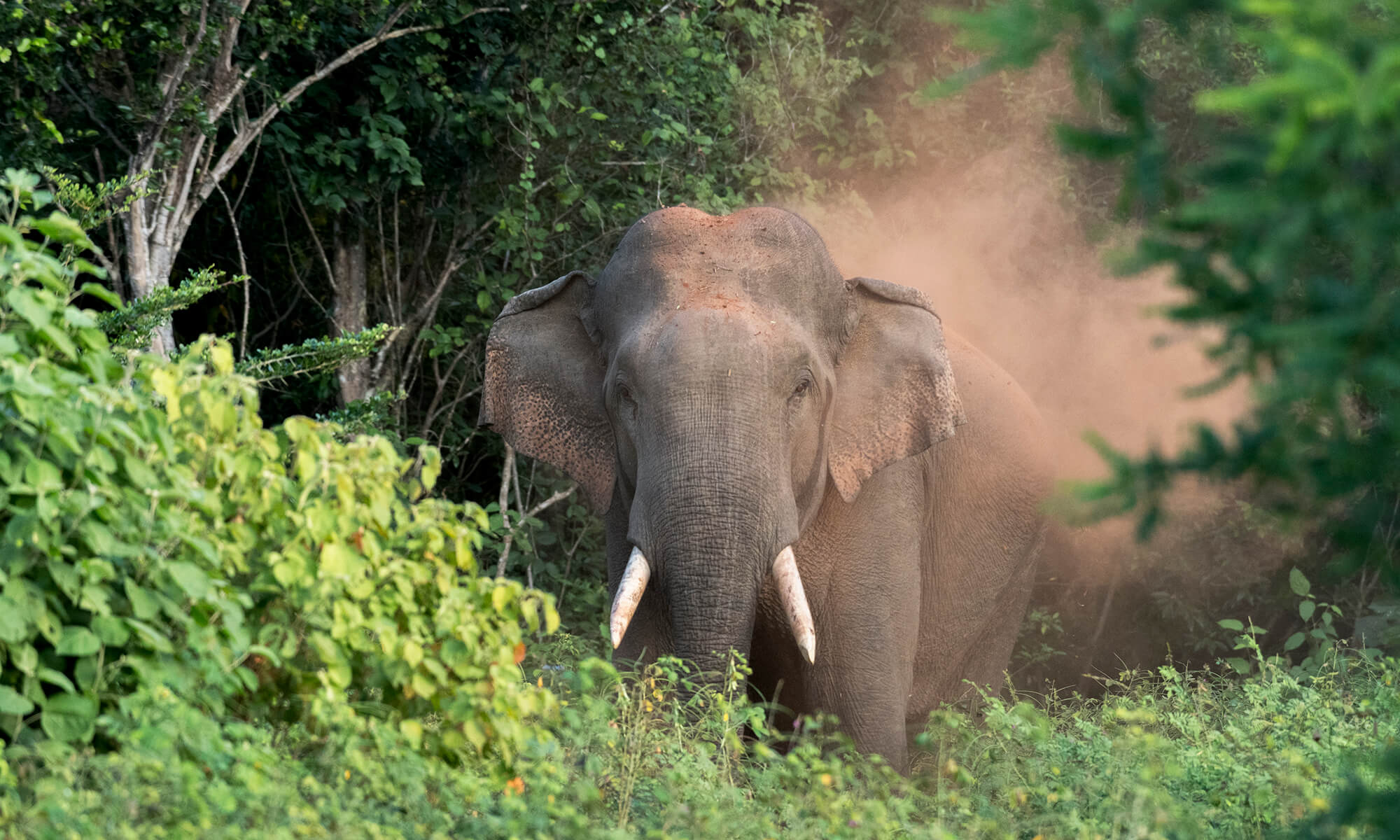
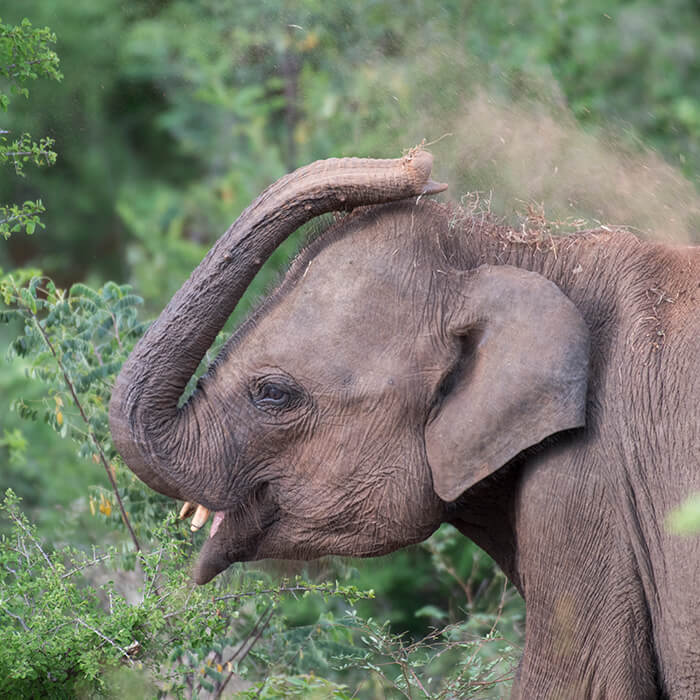
Exclusive, Unique, Leopard Sightings
In terms of scientific as well as safari perspective the northern region of Yala is still a quite unexplored environment. Compared to other parts of northern Yala, Block 5 is where we have gathered more experience and knowledge of how and where the leopard moves on its tracks.
The chance may be a little less than in Yala Block 1 but we are able to emphasize that we do get leopard sightings in Yala Block 5. Not every day the whole year, but it happens.
Some of the leopards in the Block 5 of Yala are slowly getting habituated to safari jeeps and we had more sighting the last few years.
Regularly we have truly adventurous, exciting, situations where we find and spot a leopard ourselves with the opportunity to spend time with the animal until it disappears. In most situations for a few, short, moments. However in certain situations, it occurs that a leopard encounter can take a few minutes, or more …
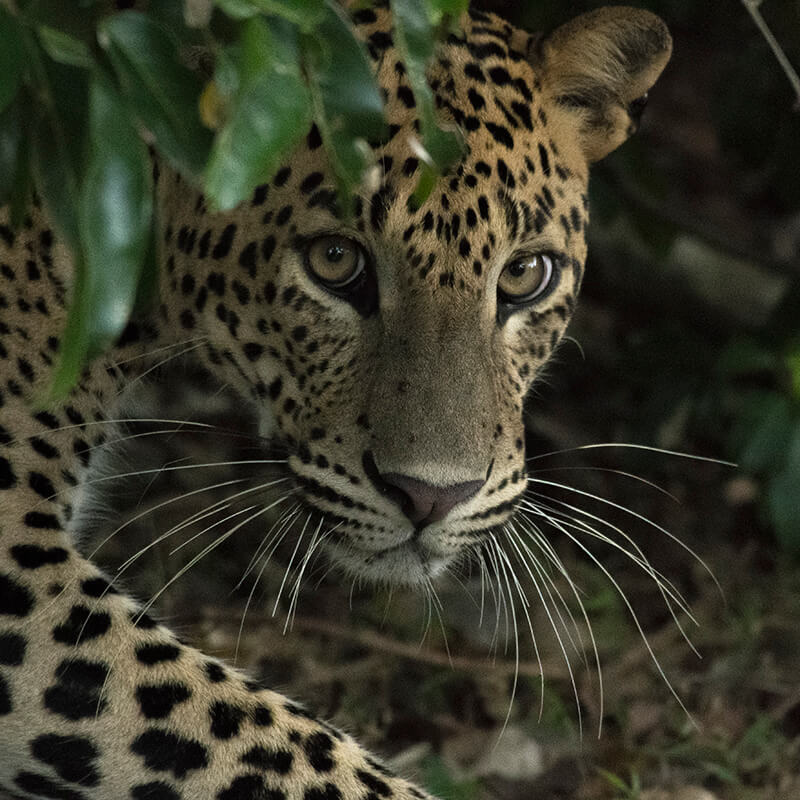
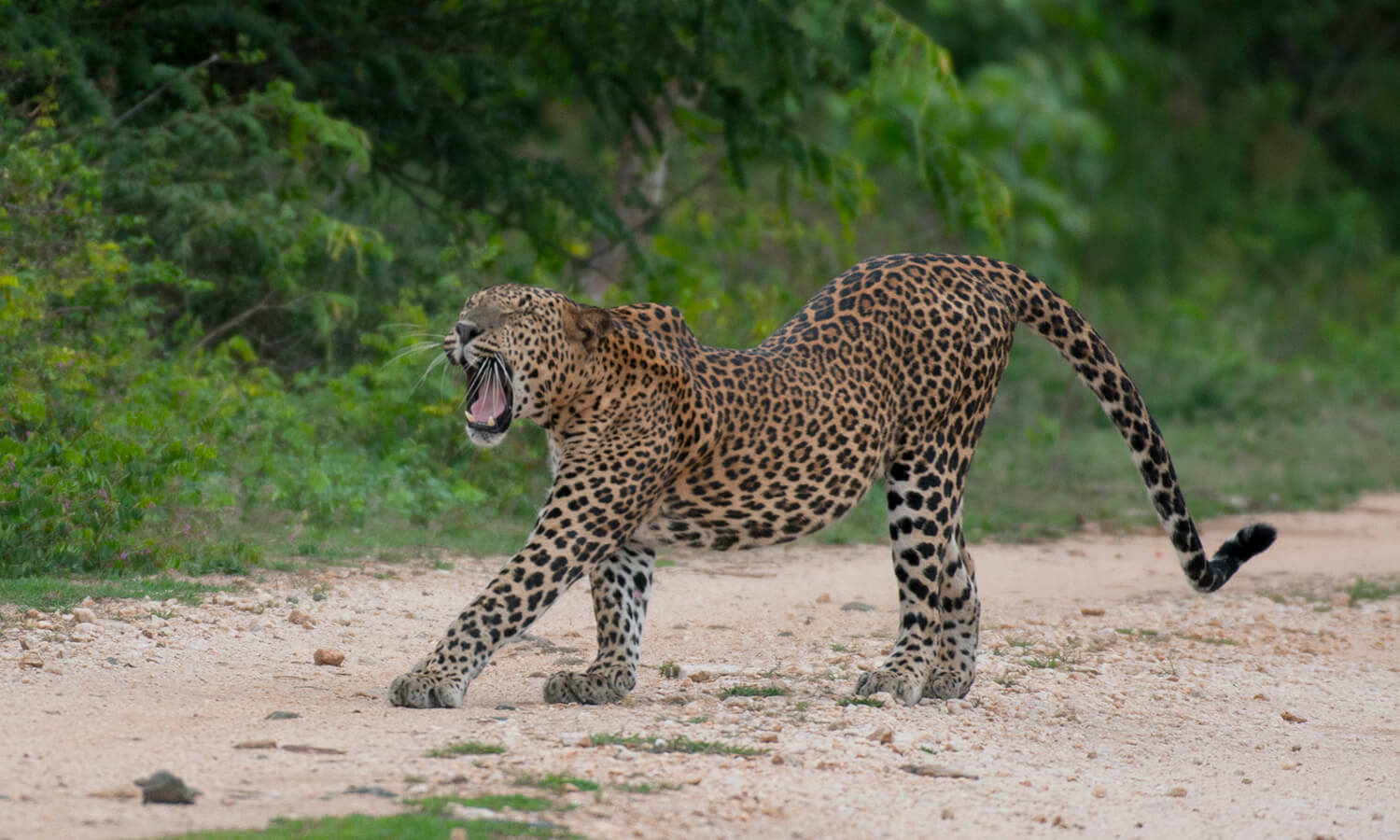
Morning or Afternoon ?
Entering Yala at dawn is always a great feeling. Early morning and sunrise in the national park is amazing and offers the most ideal photographic light one will get the whole day. On morning tours we advice to start from the lodge early at 5.15 am, and possibly enter the park as the first visitors.
The national park is open from 6 morning until 6 evening. Closed the whole night from 6 evening to 6 morning.
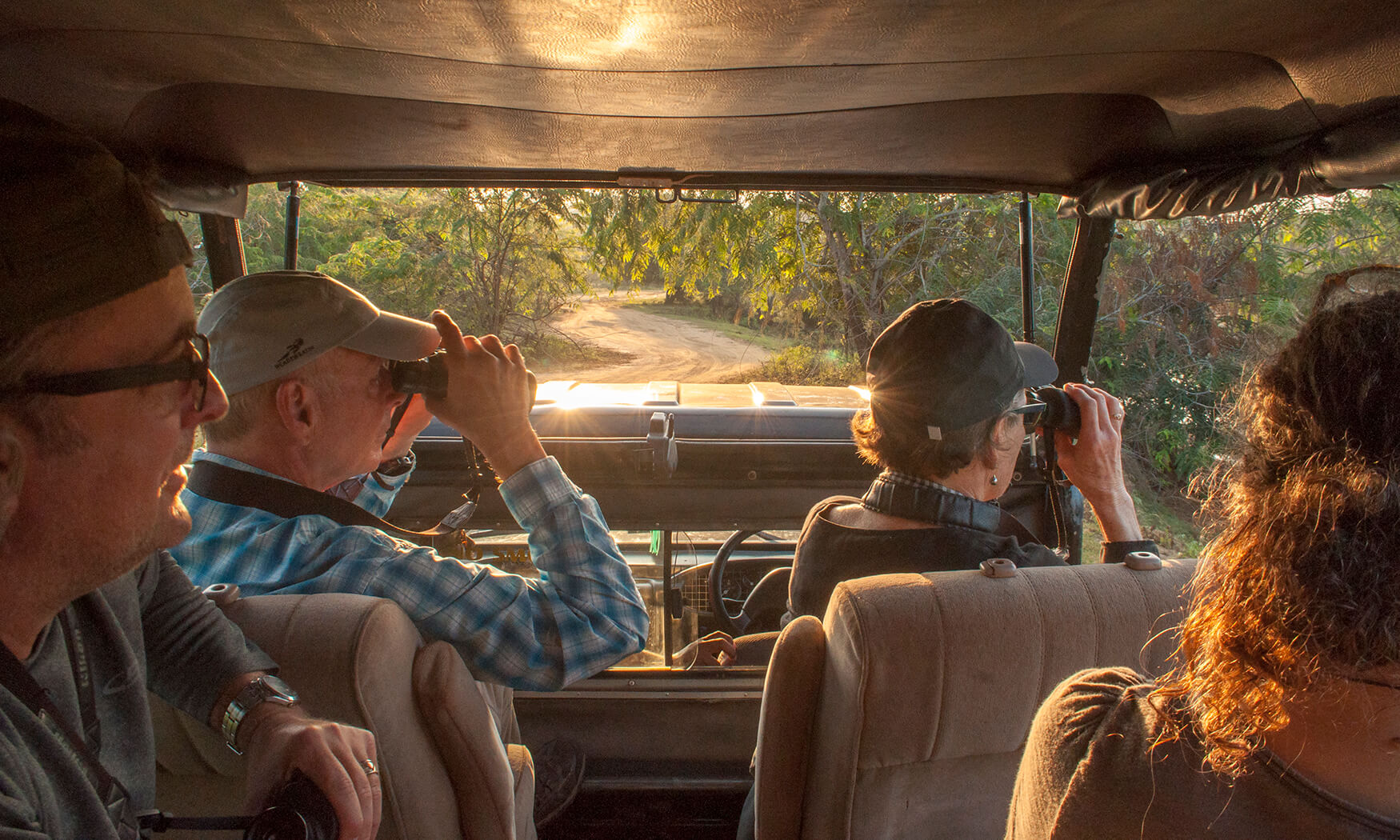
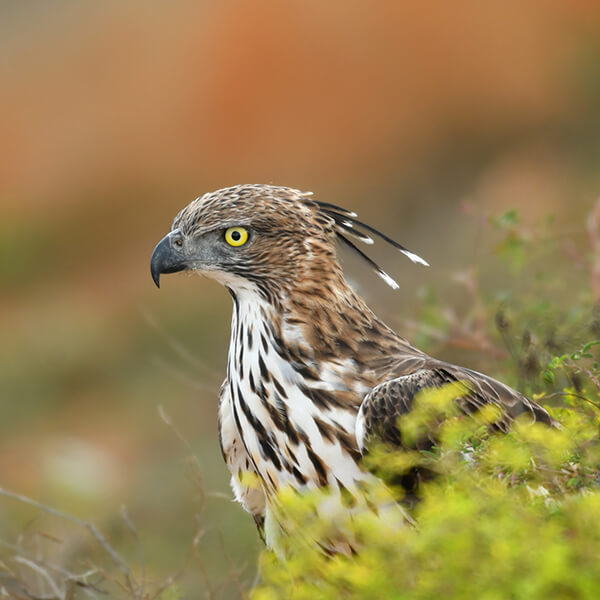
Safari Timing
Animal Behavior During the Day
In Yala Block 5 our experience is that sighting chances are better in the afternoon than in the morning. The very early morning soon after sunrise is also a good time.
Outside of Yala Block 1 sightings generally come a little different. Wildlife is more safari-jeep habituated in Block 1 and seen more in the daytime.
Wildlife that is more natural and cautious tend to behave more nocturnal. With this behavioral pattern wild animals would take refuge in the morning at safe and secret places to relax and sleep after their active night hours.
In the afternoon animals will move and more; this means afternoons has more ‘good safari time’ than in the morning. The chance increases, step by step, during the afternoon with more wildlife activity, the later it gets. It is the other way in the morning; – here the chance will decrease when wild animals disappear, moving to their places in the woods, soon after 7 am (or earlier).
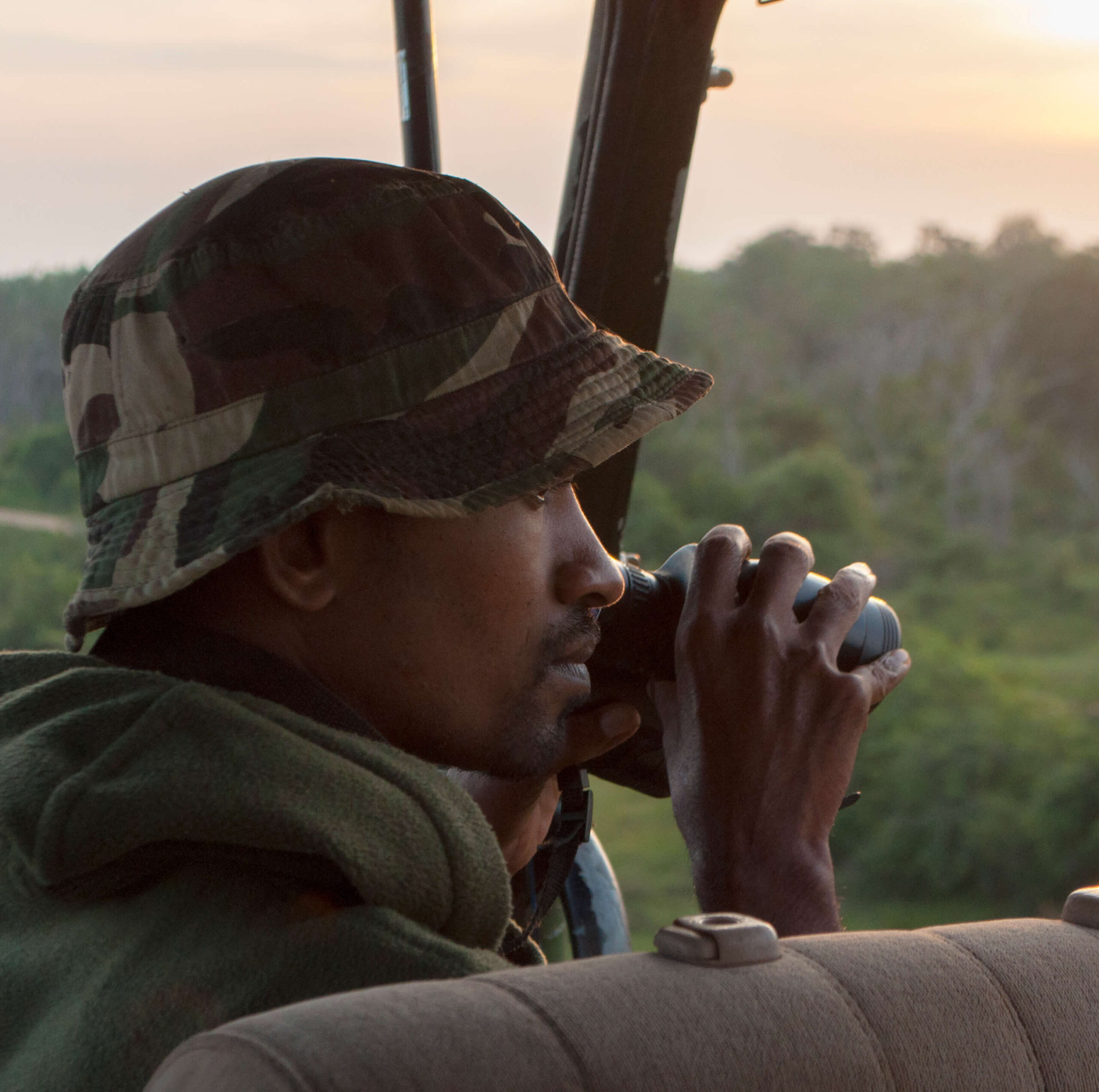
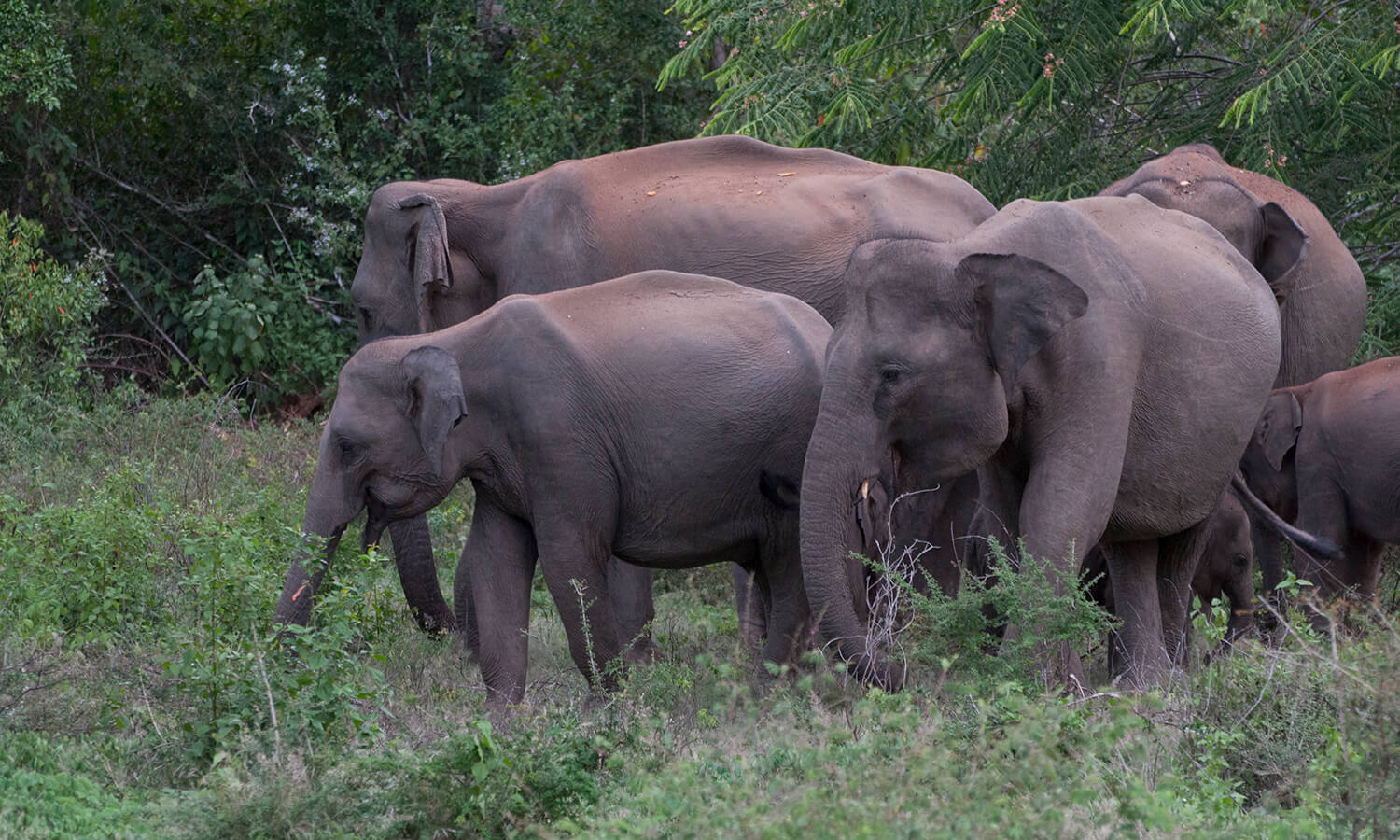
In Yala Block 5. Kamal and a herd of elephants

